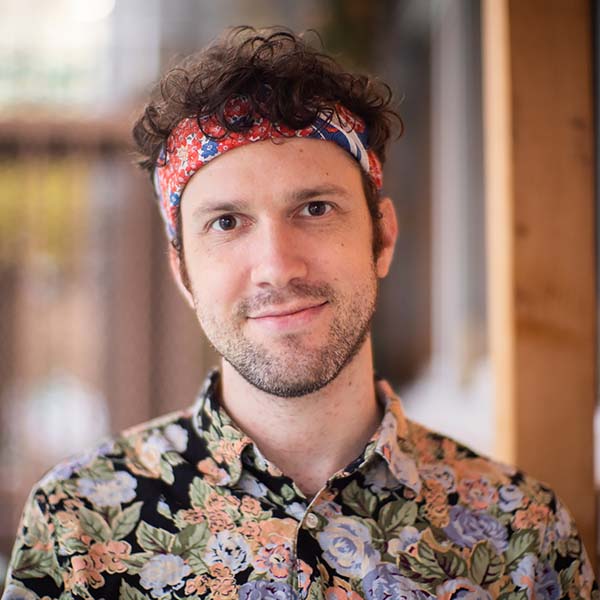Dave Krugman is a New York based Photographer, Cryptoartist, and Writer, and is the founder of
ALLSHIPS, a Creative Community based on the idea that a rising tide raises all ships. He is fascinated by the endless possibilities that exist at the intersection of art and technology, and works in these layers to elevate artists and enable them to thrive in a creative career. As our world becomes exponentially more visual, he seeks to prove that there is tremendous value in embracing curiosity and new ideas. We asked him a few questions:
All About Photo: When did you begin taking photographs and how did it lead to your current practice?
Dave Krugman: I've been taking photographs almost as long as I can remember. My first very clear moment where I knew it was a future for me was actually at summer camp when I was 9 or 10 years old. I took a class called Darkroom Photography, run out of a little shed in the thick woods of upstate New York. I remember being in the red-lit ambiance of the room, sliding the paper into the developer, and watching an image emerge, as if by magic. That moment really was the anchor for the rest of my career that unfolded over the following decades. I was in awe of the ability to pull a slide from time, to pour over it in infinite detail whenever I wanted. That same fascination permeates all my work even to this day.
How would you describe your own photography?
My current photographic style I would call Neo Noir, a blend of nostalgia and futurism that meets in the middle of the past and the future. I'm deeply inspired by science fiction, both books and films, and seek to evoke those colorful universes through my study of the ever-evolving streets of giant metropolitan cities all over the world. I view the universe as a giant generative work of art. The task of a photographer is to study the beauty of this unfolding entropy, and bring back the creative collisions they find to a wider audience to view. When I'm out working to make images, this is the thread that I follow.
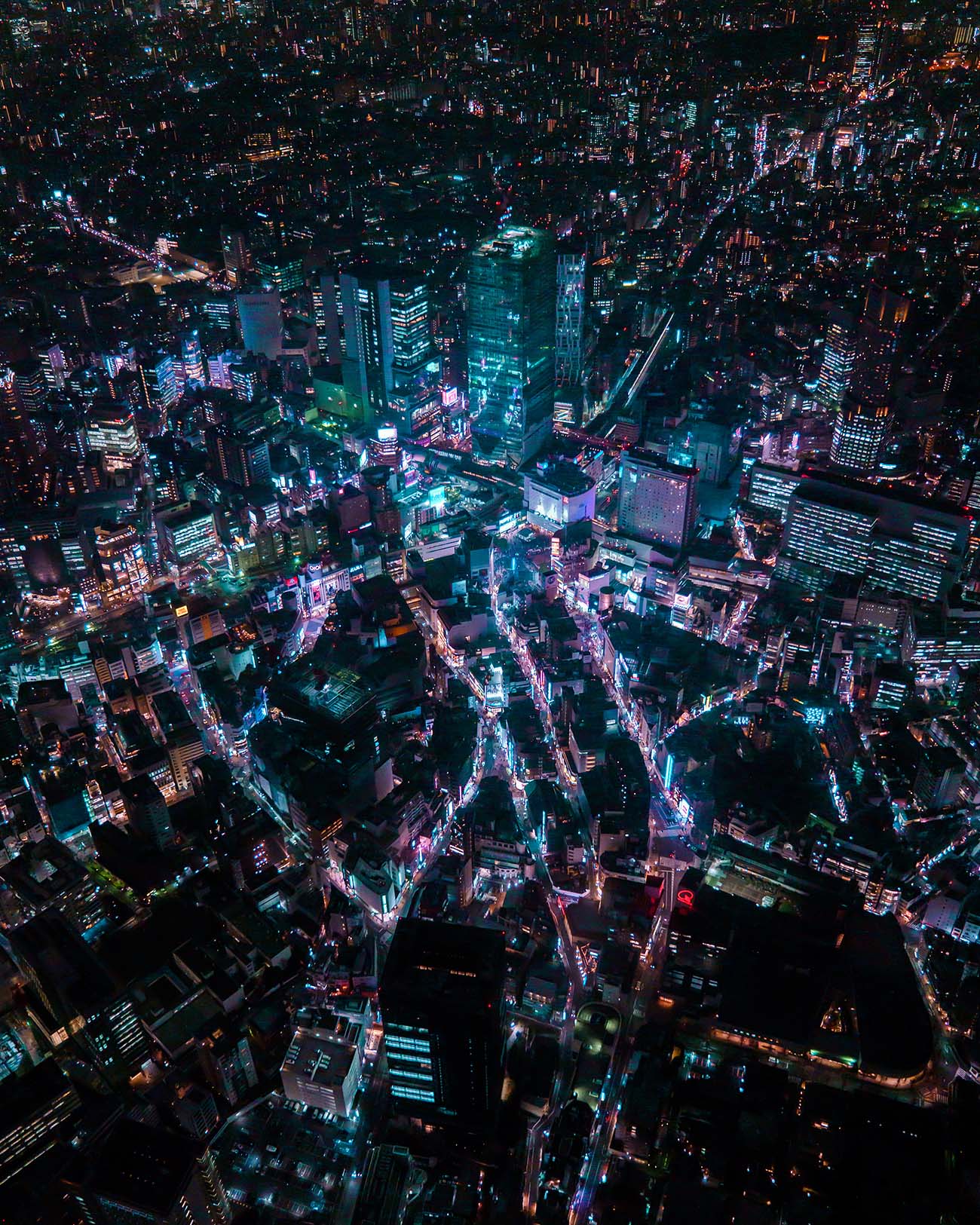
Neo Noir Tokyo: Phosphorescence © Dave Krugman
I've always been immersed in the bleeding edge of technology and art. It fascinates me endlessly to see how the tools we create affect the society we live in. Photography was once a bleeding edge technology itself, and as it has evolved it has collided in fascinating ways with other innovations, most recently network technologies. My career was spurred along by interconnected networks of creative minds-Tumblr,
Instagram, Twitter-and NFT/ blockchain technology is the latest paradigm shift that will forever change the way that artists connect with their communities and audiences. When there is a disruptive technology that reaches a certain level of adoption, we have the opportunity to take new high ground. NFTs are clearly the path forward as our networks become more and more decentralized over the coming years.
How do NFTs and blockchain technology compliment photography?
This is a great follow-up question to my last answer, so I will dive deeper and connect the two. It's tempting to think of NFTs as the latest fad in the ever-growing sector of social media, but they actually represent one part of an entirely new layer of the internet: Web3, as it is commonly referred to. From a birds eye view, Web3 refers to a more decentralized network system that we can build on top of. NFT technology allows us to create a "digital object," which in turn allows us to have scarcity of assets and tap into the market dynamics of supply and demand. These digital originals are like a root layer underneath every other instance of that work: the original, primitive, creative concept, digitally signed and confirmed by the creator as the source of that idea. This makes all other copies of that work just that, copies, which actually make that original a more valuable asset.
A great example of this is the Mona Lisa. It's one of the most widely distributed images in human history, rendering the original version priceless. You could reframe that perception that every postcard or print sold of the Mona Lisa is like a screenshot of it. The more that memetic idea permeates our culture, the more the root asset is valued by our community consensus. NFTs are the first time we can have that original asset in a digital form, because of the nature of how blockchains work. This technology allows photographers to create bodies of work, put them on the market, and create a direct, peer-to-peer relationship with their patrons. We can sidestep the gallery model, the brand-affiliate model, and advertising models that currently absorb the lion's share of the value that our content and communities create.
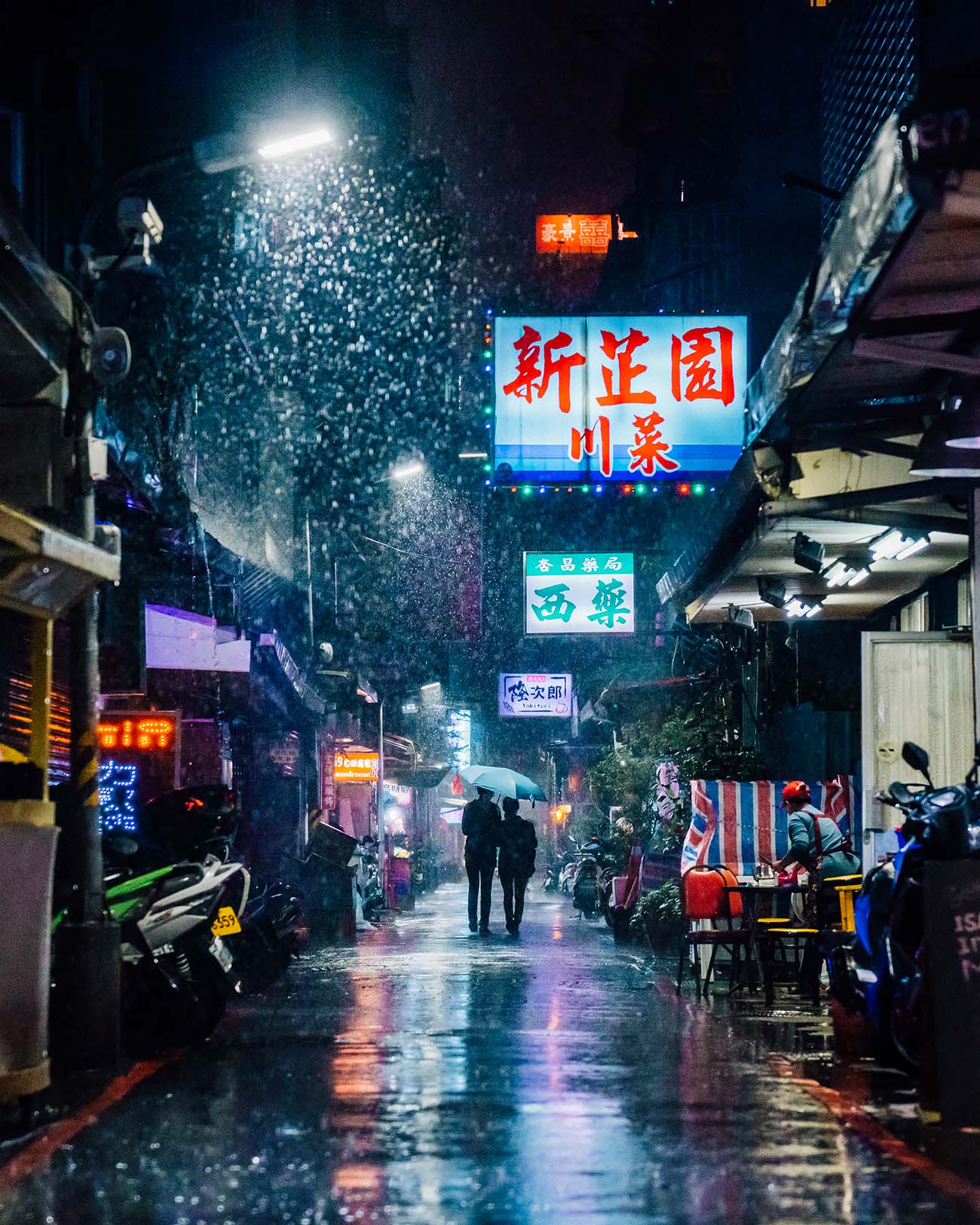
Neo Noir Taiwan: City Symphony © Dave Krugman
The thing I love most about NFTs is that they allow me to step back from the circadian cycles of content creation that social media platforms demand from creators. On social media, you are feeding an algorithm that is never satisfied. The more you grow, the more it demands, as it is constantly optimizing for advertising interests at the expense of our mental health. It is a system of diminishing returns.
With the root layer created by NFTs, I now can slow down, build deeper collections of more meaningful works, and build community around membership and symbiotic support systems. The life of a social media post is 24 hours maximum. The life of an NFT minted to a blockchain is much, much longer, even longer than our own lives, and those assets can keep providing value, automatically, to the generations that come after you.
NFTs have therefore helped my vision evolve because I'm plotting for a much larger time scale. The ideas I commit to the chain are permanent, and thus require a much more careful execution and thought process. It is a tremendous relief to me as a creative who was stuck in the systems of social media for over a decade. I feel that many doors have been unlocked, and I will eagerly explore these portals for the rest of my life.
In previous interviews, you've talked about how blockchain technology gives artists more "sovereignty." Can you expand on this?
Cryptocurrencies and blockchain technologies are imbued with the philosophy of self-sovereignty. This is a philosophical question around freedom that has been debated for thousands of years. To put it succinctly, the closest thing to true freedom is to be in full control of your time and your assets. With the blockchain, I am the only one who is in control of my wallet. No one can take my platform, my currency, or my art. It is up to me to determine my own fate here, and no middlemen can control my revenue flow or my ideas. It is censorship-resistant technology. Social media is us renting space from digital robber barons, who extract almost all the value we create and sell it to the highest bidder. If you do anything to disrupt that flow, they will evict you, deplatform you, exile you with the click of a button. Many artists worked 10 years to build an audience and it is removed in an instant. This is a dangerous thing, and it is our responsibility to build systems that allow us to build on land we own.
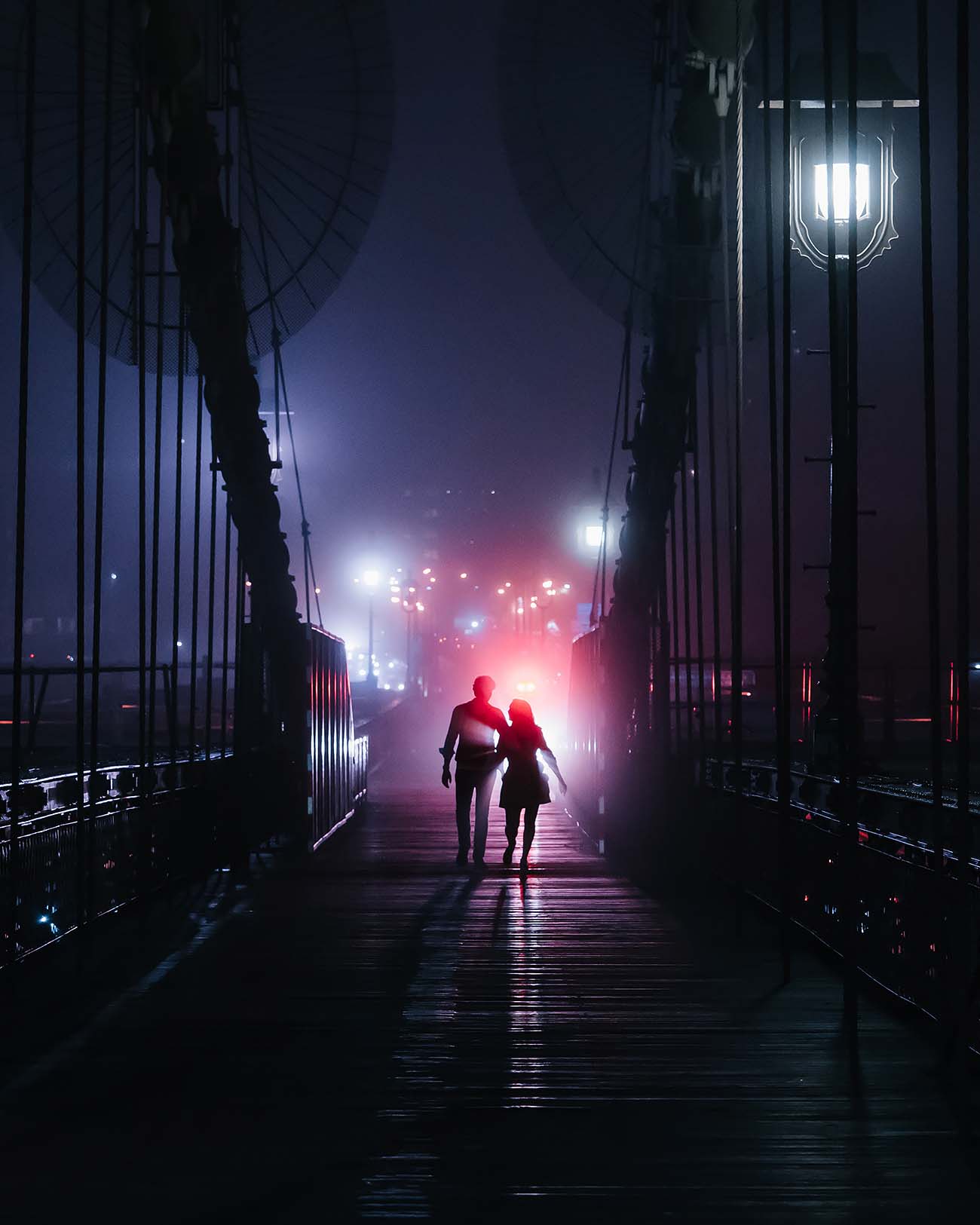
Neo Noir New York: Lost Connection © Dave Krugman
I do, and I would venture far enough to say that photography is actually one of the first forms of blockchain technology. It is a visual open ledger of our shared history, immutably tied to time, and the value of these blocks we record is determined by the decentralized consensus of our communities. All value is rooted in community. Money itself is a side chain for a barter system; we can store value over time so we can exchange goods across the chasm. So all communities are systems of value exchange, including the traditional photography communities. NFTs are just a new layer that allows us to buy equity in the community members who are adding the most value to our communities. It is a bet on someone's lifetime contribution to our world. In this way, the incentives around NFTs are much healthier than the systems we are used to working within.
What other projects do you have on the horizon?
I have a lot of projects on the horizon, mostly things that are using the technology of the blockchain as a canvas. There is an ocean of potential for the curious creatives to redefine what we are doing here, and I hope to be one of the people pushing those ideas forward. I've done this with my project
DRIVE, a collectible car photography project shot entirely on iPhone over ten years. The best way to keep up with my newest ideas is to add me on
Twitter, where I always share what I'm up to.
Outside of my own work, I also self-fund my
project ALLSHIPS, which is a creative community dedicated to the idea that a rising tide raises all ships. The more we help each other, the less we need to worry about ourselves. It is also a great place to read about artists in this space and I'd encourage anyone interested to dive in there and get involved.
You can also find me across the internet via my
Linktree .
It's been a pleasure speaking with you and I so look forward to seeing how this technology continues to evolve as we push further into the future of interconnected ecosystems of creative minds.
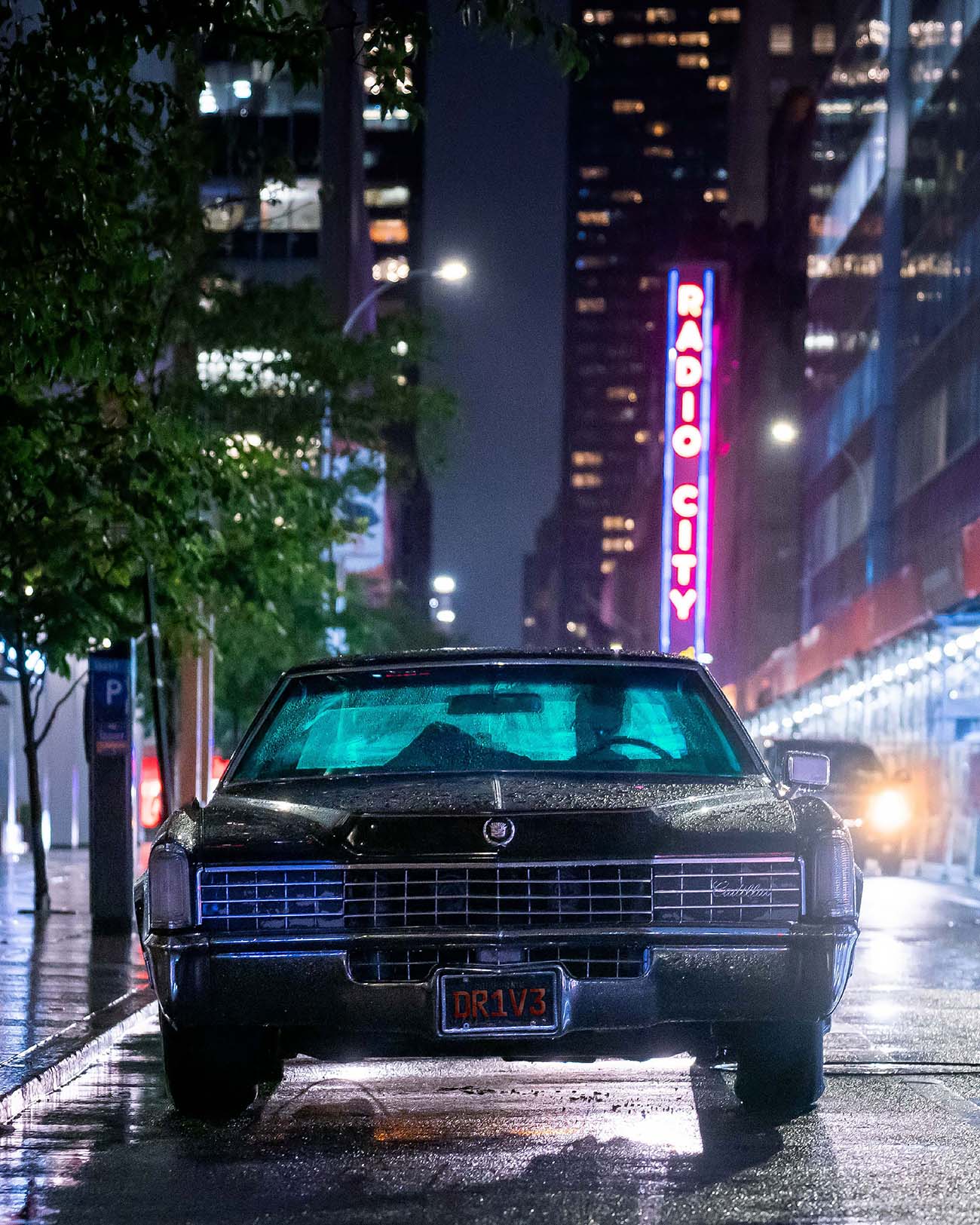
Neo Noir New York: The Driver © Dave Krugman
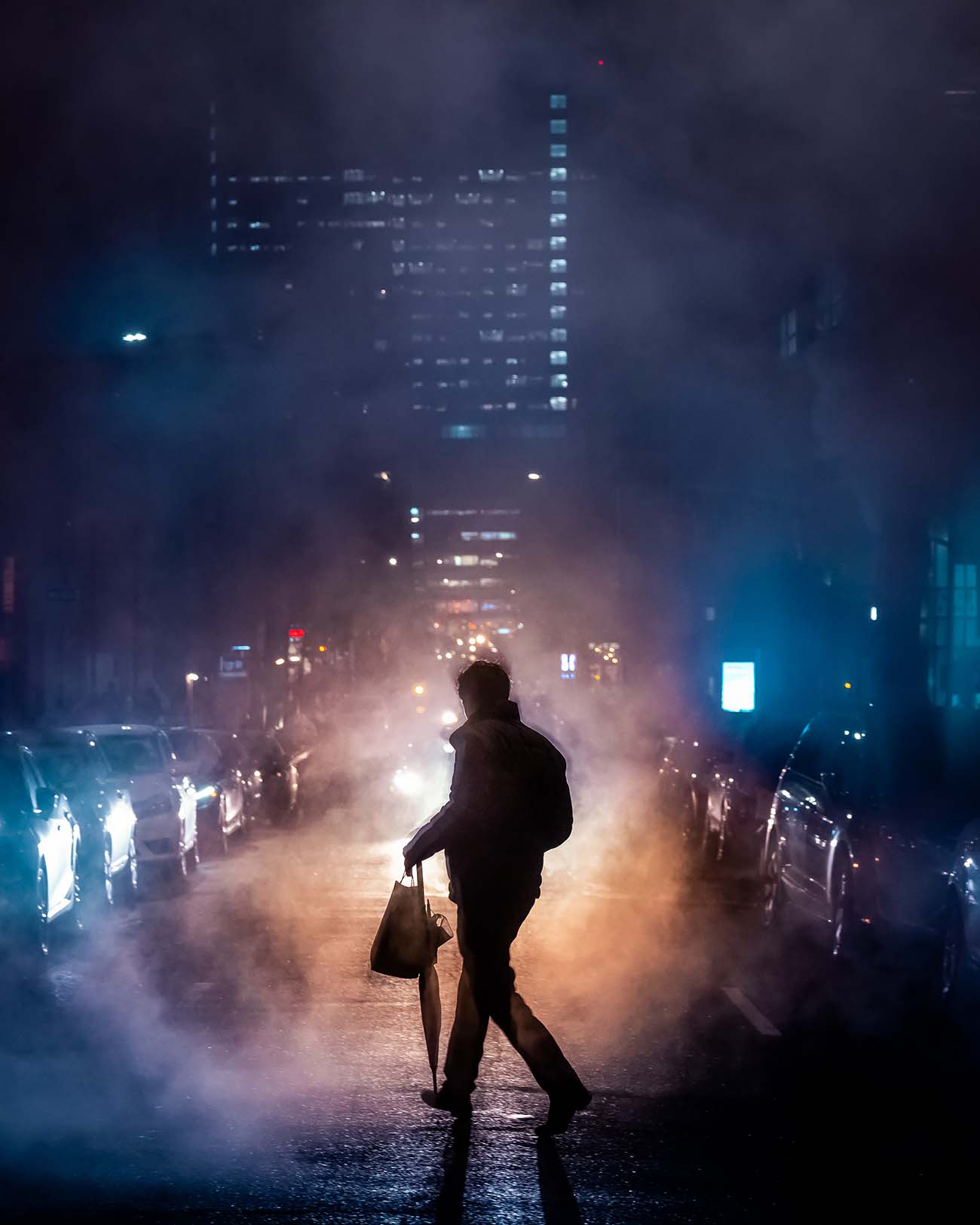
Neo Noir New York: Nexus © Dave Krugman
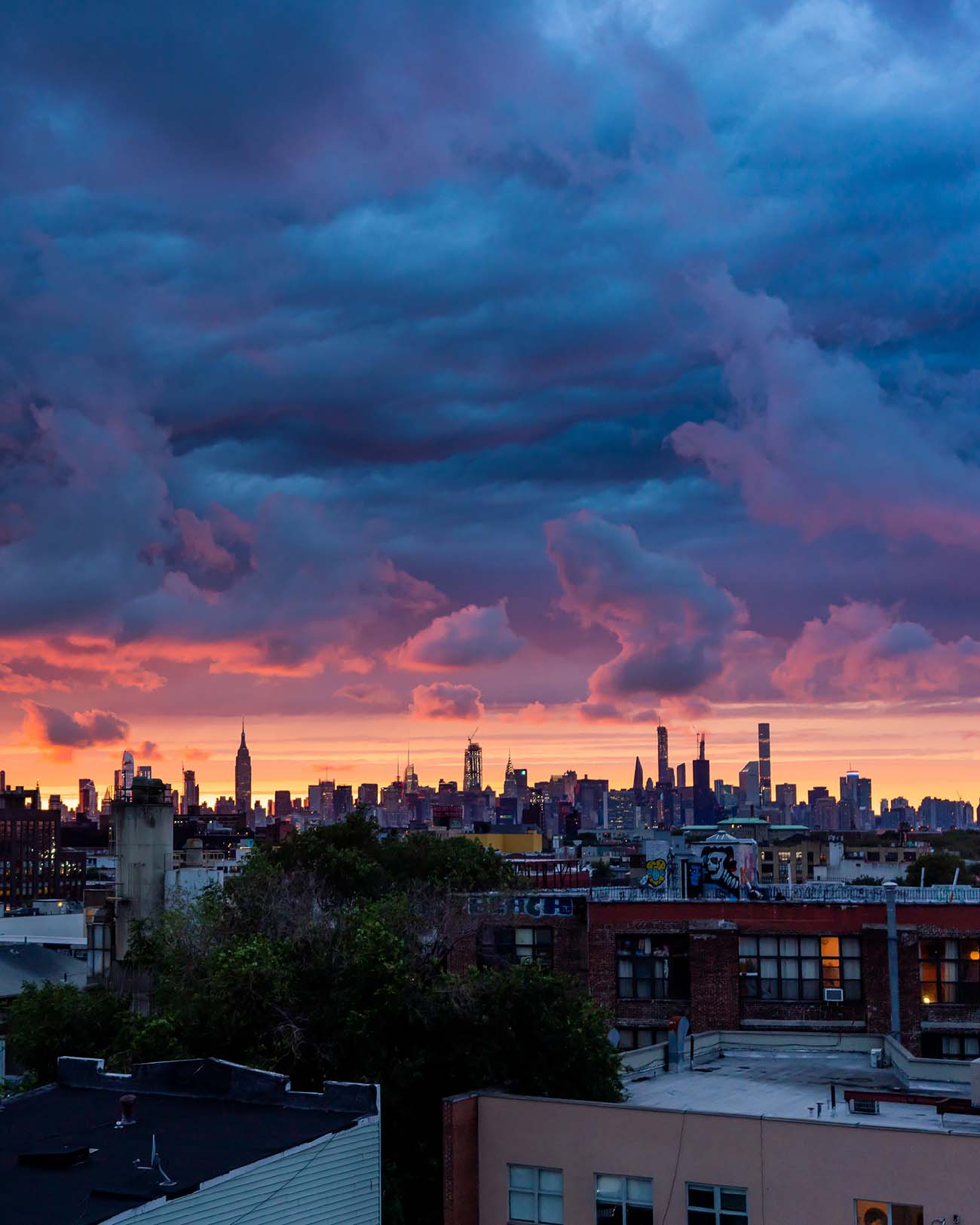
Neo Noir New York: Reveries © Dave Krugman
